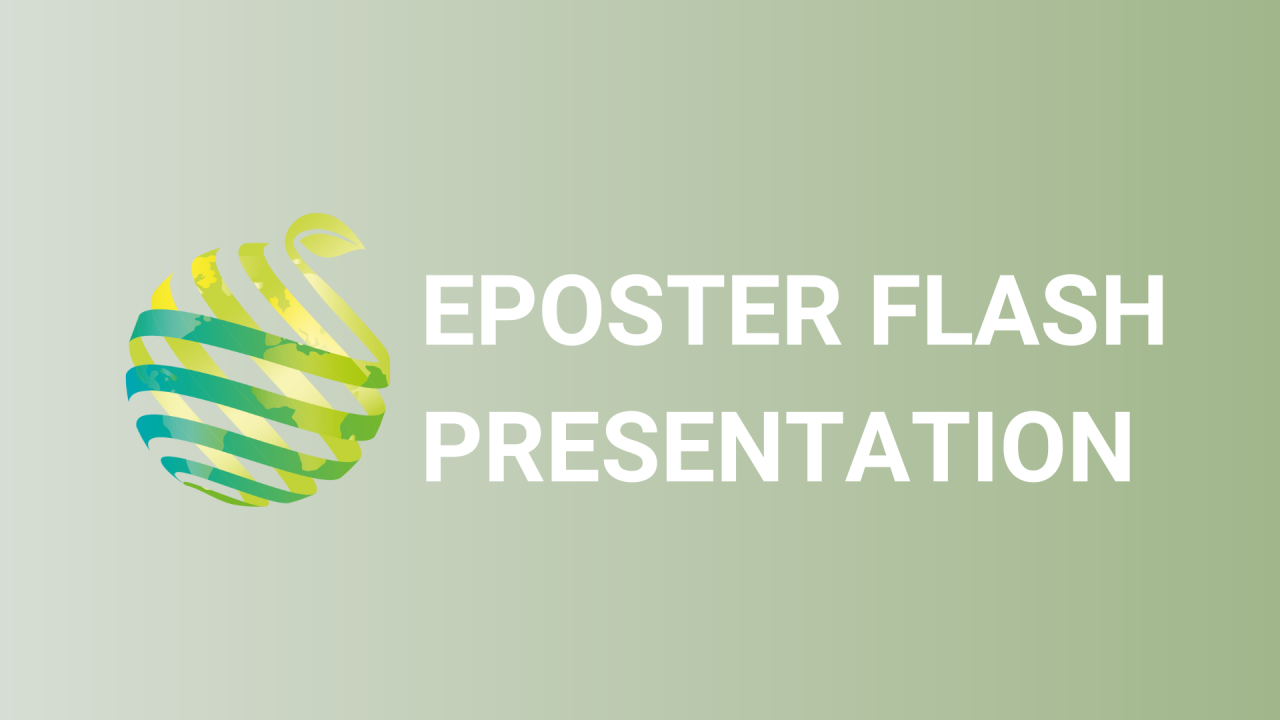

S08 - Session P1 - Design of vertical farm and space farm - Characterization and optimization of photon irradiance distribution in vertical farms
Information
Authors: Laszlo Balazs *, Zoltan Dombi, Laszlo Csambalik, Laszlo Sipos
Controlling all lighting related factors which influence plant development is a prerequisite for improving production efficiency of vertical farms. In plant factories with artificial lighting, where LED luminaires are in close proximity to the work plane, photon irradiance is not perfectly uniform, therefore plants are exposed to different lighting conditions according to their location. Spatial inhomogeneity in lighting parameters drives differences in individual plant growth. As a result, the variability of plant parameters increases and the commercial value of the crop decreases. Specifications for lighting conditions in horticultural lighting is often limited to providing the average photosynthetic photon flux density (PPFD) and the overall uniformity defined as the ratio of the minimum and the average PPFD values measured on the work area. These metrics do not provide sufficient information on spectral and intensity variability of photon irradiance. To overcome the limitations of common practice, we present a methodology applied for the characterization and optimization of a vertical farm utilizing an array of variable spectrum LED luminaires. On a 10 by 10 measurement grid photon irradiance data were recorded in 100 nm wide blue, green, red and far-red wavebands covering the 400-800 nm range. To reveal spectral variations across the illuminated surface, the ratios of red/blue and red/far-red photon irradiances were calculated. Utilizing photosynthetic light response curves, the relative growth rate hence the relative commercial value of the crop was estimated which served as a figure of merit of photon irradiance uniformity. The estimated crop value divided by the electricity consumption of LED lighting provided the goal function for system optimization.